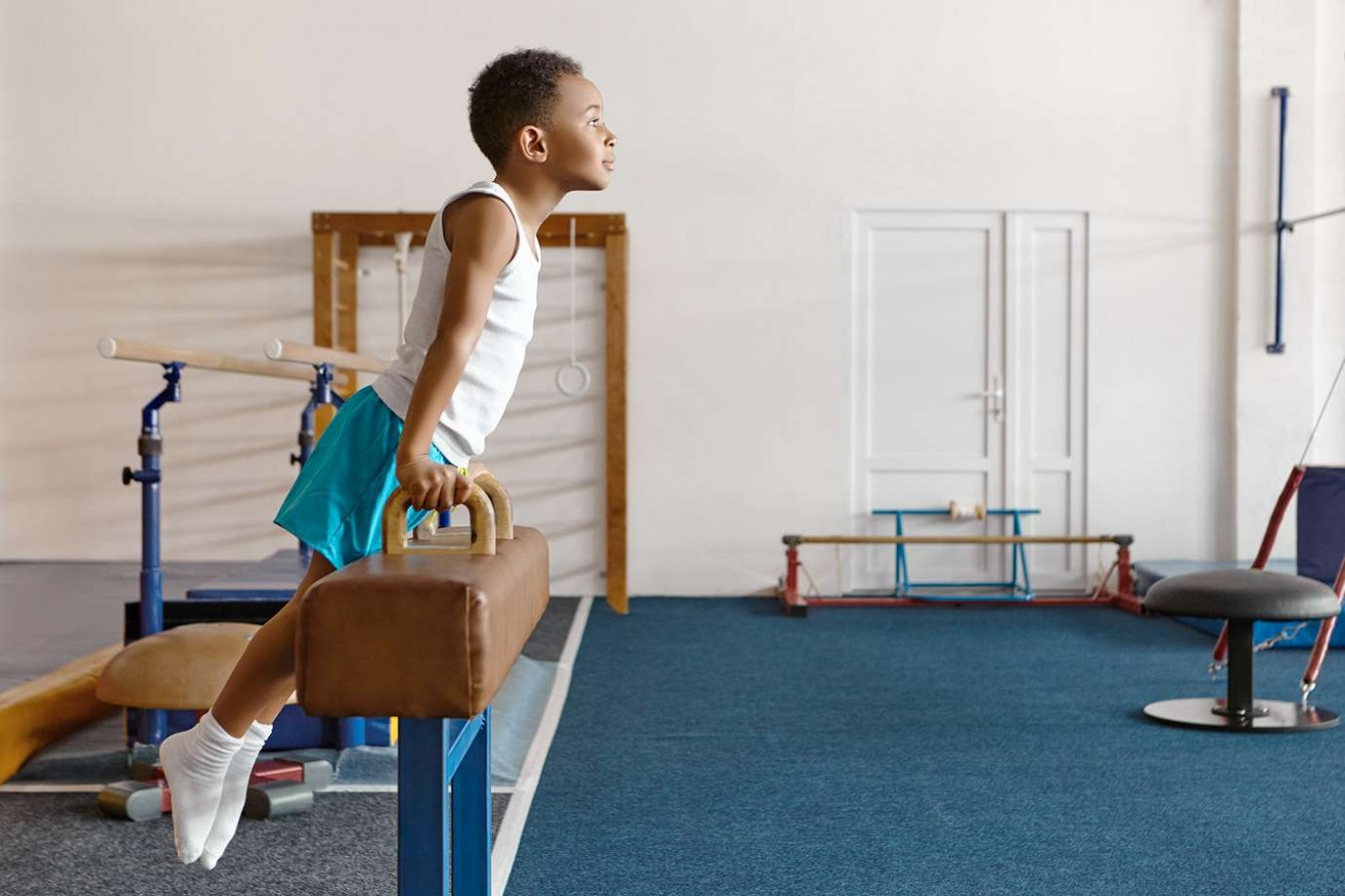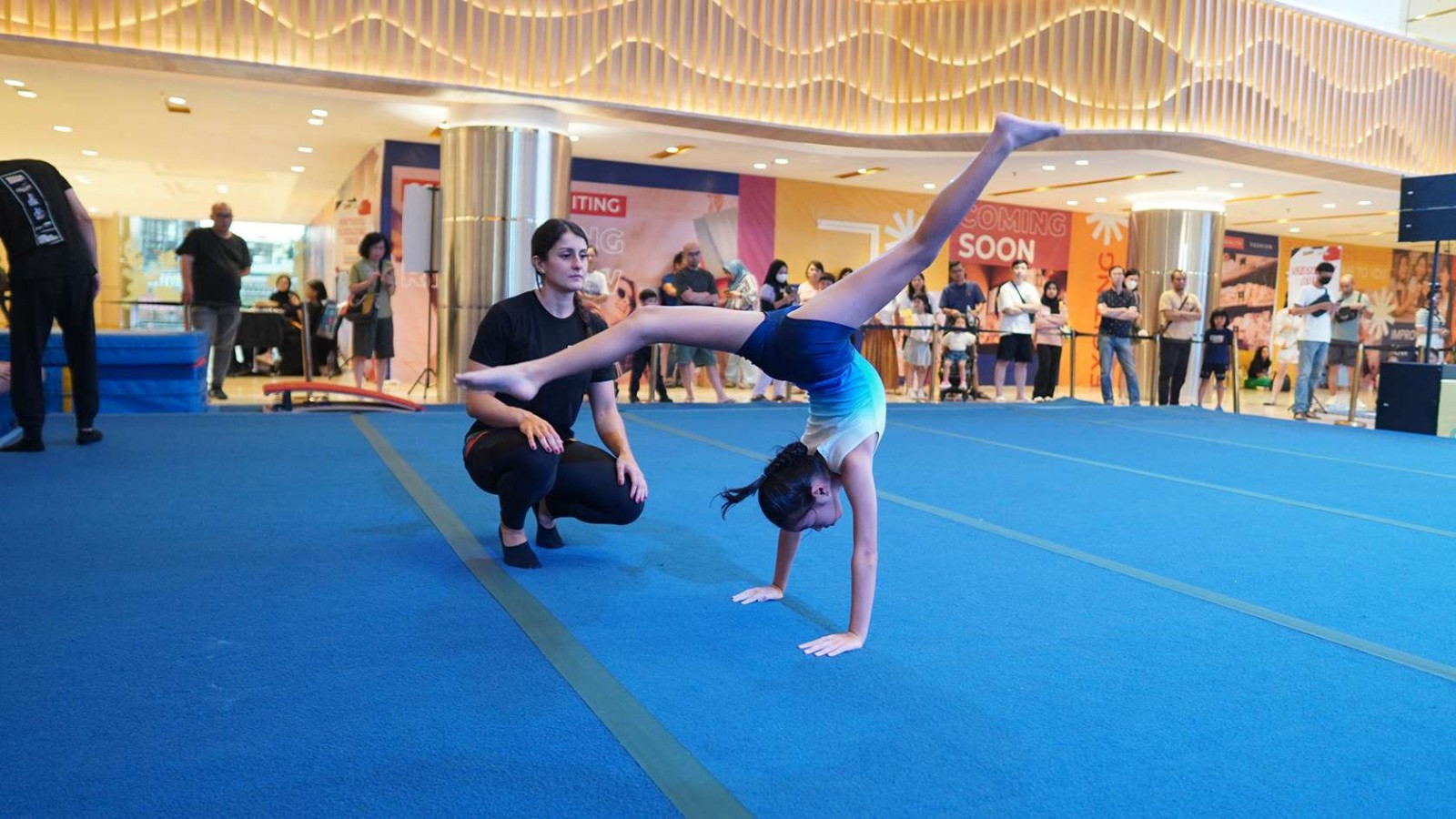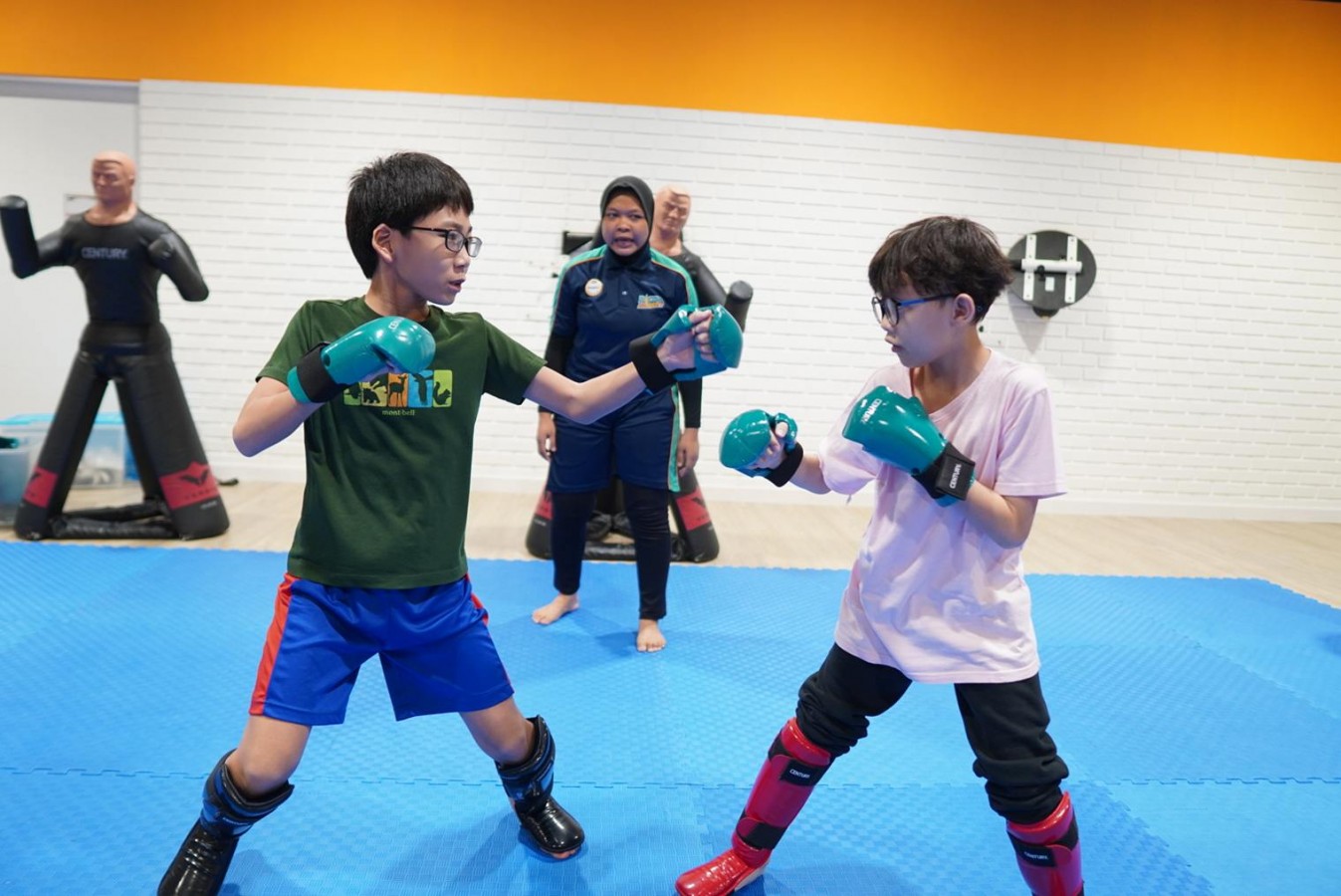The Benefits of Gymnastics for Children with Autism Spectrum Disorder

Gymnastics is a dynamic and multifaceted sport that can provide numerous benefits for children, particularly those on the Autism Spectrum Disorder (ASD). Far from being just a sport, gymnastics offers a unique blend of physical, sensory, and social activities that cater to the diverse needs of children with autism.
This article will delve into what autism gymnastics entails, the physical benefits it offers, how it promotes sensory integration and social and mental development.
Getting Know about Autism Spectrum Disorder
Autism Spectrum Disorder (ASD) is a complex neurological and developmental condition that affects how individuals communicate, behave, and interact with others.
The term "spectrum" is used because ASD encompasses a wide range of symptoms and levels of impairment or disability. Understanding the basics of autism is crucial for fostering acceptance and support for those affected by the disorder.
What is Autism Gymnastics?
Autism gymnastics is a form of physical activity specifically designed to accommodate and support children with Autism Spectrum Disorder. Unlike traditional gymnastics, which focuses primarily on athletic performance and competition, autism gymnastics prioritizes therapeutic outcomes.
This program usually incorporates a variety of gymnastic activities, including balance exercises, tumbling, and apparatus work. Coaches and instructors are often trained in both gymnastics and working with children with autism, creating a safe and nurturing space where these children can thrive.
Benefits of Gymnastics for Autism Children
Gymnastics offers a multitude of benefits for children with Autism Spectrum Disorder (ASD), addressing not only their physical needs but also enhancing their sensory, social, and emotional development. Here’s a detailed look at how gymnastics can positively impact children with autism:
A. Increase Concentration and Focus
Participating in gymnastics can be instrumental in increasing concentration and focus for children with Autism Spectrum Disorder (ASD). The structured nature of gymnastics routines, coupled with the repetitive practice of skills and movements, provides a conducive environment for improving attention span and focus.
As children engage in various gymnastics activities, they learn to concentrate on the task at hand, whether it's mastering a new skill or performing a routine.
Over time, these skills acquired through gymnastics can extend beyond the gym environment, helping children with autism better manage distractions and stay focused in other aspects of their lives.
B. Enhance Motor Skills
Through various gymnastics activities, such as tumbling, balancing on beams, and using apparatus like rings and bars, children with autism can improve both their gross and fine motor skills. (Indian Journal of Public Health Research and Development, 2017)
These exercises require coordination, strength, and precision, which help in developing better muscle control and overall physical agility. As children practice these movements, they not only gain physical strength and flexibility but also improve their hand-eye coordination and body awareness, which are crucial for daily functioning and independence.
C. Enhance Social Skills
Gymnastics classes provide structured opportunities for social interaction within a supportive and inclusive environment. Through group activities, collaborative exercises, and team-based challenges, children with autism learn essential social skills such as turn-taking, sharing, and communication. (Sport Sciences for Health, 2018)
Interacting with peers and instructors during gymnastics sessions helps children with autism practice social reciprocity, understand social cues, and develop friendships.
D. Nurture Positive Thoughts
Positive reinforcement from coaches and peers encourages children to set and achieve goals, leading to a sense of pride and satisfaction in their abilities. Additionally, the physical activity involved in gymnastics releases endorphins, which are natural mood boosters, promoting feelings of happiness and well-being.
As children experience success and progress in gymnastics, they develop a positive mindset, resilience, and a belief in their own abilities, which can extend beyond the gym and into other areas of their lives.
E. Enhancing Communication
Through verbal and non-verbal interactions with coaches and peers, children with autism have opportunities to practice expressing themselves, following directions, and understanding social cues.
Visual aids such as picture schedules and demonstrations help children with autism comprehend and navigate the gymnastics activities, facilitating communication and comprehension.
F. Reducing Anxiety and Improving Mood
Physical activity is known to reduce anxiety and improve mood through the release of endorphins. For children with autism, who may experience higher levels of anxiety, the physical exertion and enjoyment derived from gymnastics can promote a sense of well-being and relaxation.
Guidelines for Parents Choosing the Right Gymnastics Program
Choosing the right gymnastics program for your child can significantly impact their enjoyment and development in the sport. Here are some key guidelines for parents to consider:
1. Identify Your Child's Goals and Interests
Determine whether your child is interested in gymnastics for fun and fitness or if they aspire to compete. Recreational programs focus on general skill development and enjoyment, while competitive programs are more rigorous and time-intensive.
Some children might be interested in specific disciplines such as artistic gymnastics, rhythmic gymnastics, or trampoline and tumbling.
2. Research and Recommendations
Start by researching children’s academies that offer gymnastic classes tailored to children with autism. Seek recommendations from other parents, autism support groups, and healthcare providers.
3. Visit the Facility
Visit potential gymnastics facilities to assess their environment. Ensure that the facility is clean, safe, and equipped with appropriate equipment. Observe a class to see how instructors interact with the children and manage the class.
4. Instructor Qualifications
Verify that instructors have experience and training in both gymnastics and working with children with autism. Instructors should be patient, understanding, and skilled in using visual supports and sensory integration techniques.
5. Class Structure and Size
Look for programs that offer small class sizes, as this allows for more individual attention and a less overwhelming environment. Classes should be structured with clear routines and visual schedules to help children understand what to expect.
6. Trial Classes
For your additional information, many programs are actually offering trial classes. So, take advantage of these to see how your child responds to the environment, instructors, and activities. This can be a helpful way to gauge if the program is a good fit for your child's needs.
Rockstar Academy understands the importance of finding the right gymnastics program for your child, especially for children with Autism Spectrum Disorder (ASD). That's why we offer free trial classes to allow parents and their children to experience our program firsthand.
During the trial class, you'll have the chance to observe our instructors, assess the environment, and see how your child responds to the activities and structure of the class.
The free trial classes are also designed to help families make informed decisions about their child's participation in our program.
Interested in Enrolling Your Children to Gymnastics?
In conclusion, the benefits of gymnastics for children with Autism Spectrum Disorder are wide-ranging and impactful, encompassing physical, sensory, social, and emotional development. If you're considering enrolling your child in a gymnastics program, Rockstar Academy stands out as an exceptional choice.
As the premier Sports & Performing Arts Academy, Rockstar Academy offers a range of physical activity programs, including gymnastics, tailored to meet the diverse needs of children with autism.
Our gymnastics programs feature a comprehensive curriculum that includes Gymnastics Testing and Gymnastics Elite Championships, providing opportunities for skill progression and competition. If you're interested in exploring the benefits of gymnastics for your child with autism, don't hesitate to contact Rockstar Academy today!
FAQs
What age is appropriate to start gymnastics for children with autism?
Children with autism can start gymnastics at any age, as long as the program is tailored to their developmental level and needs. Many programs offer classes for toddlers through to teenagers, with activities adjusted to suit different age groups.
How often should my child attend gymnastics classes?
The frequency of classes depends on your child's individual needs and the recommendations of the program. Typically, attending once or twice a week is beneficial, but some children may benefit from more frequent sessions.
Can gymnastics help with my child's behavior at home?
Many parents find that the benefits of gymnastics extend beyond the gym. Improved motor skills, sensory integration, and social skills can contribute to better behavior and reduced anxiety at home.
Are there any risks associated with gymnastics for children with autism?
As with any physical activity, there are some risks associated with gymnastics. However, a well-structured program with trained instructors will minimize these risks through proper supervision and the use of safety equipment. Always discuss any concerns with the instructors to ensure your child's safety.



